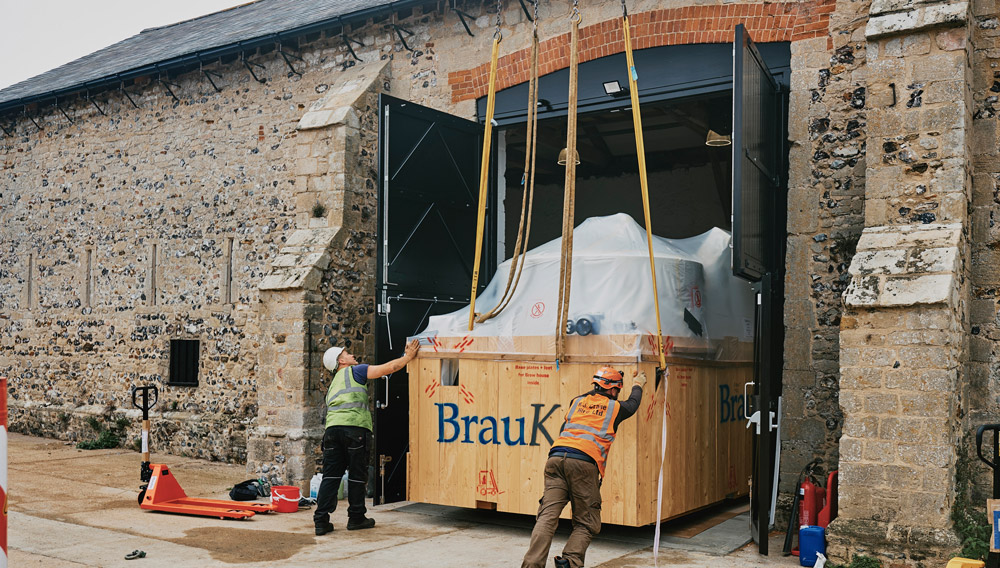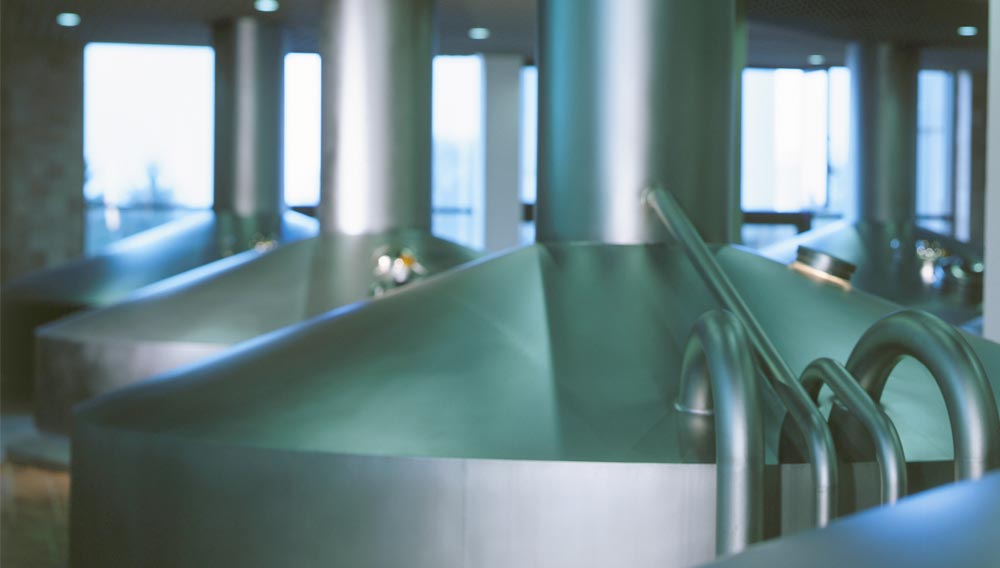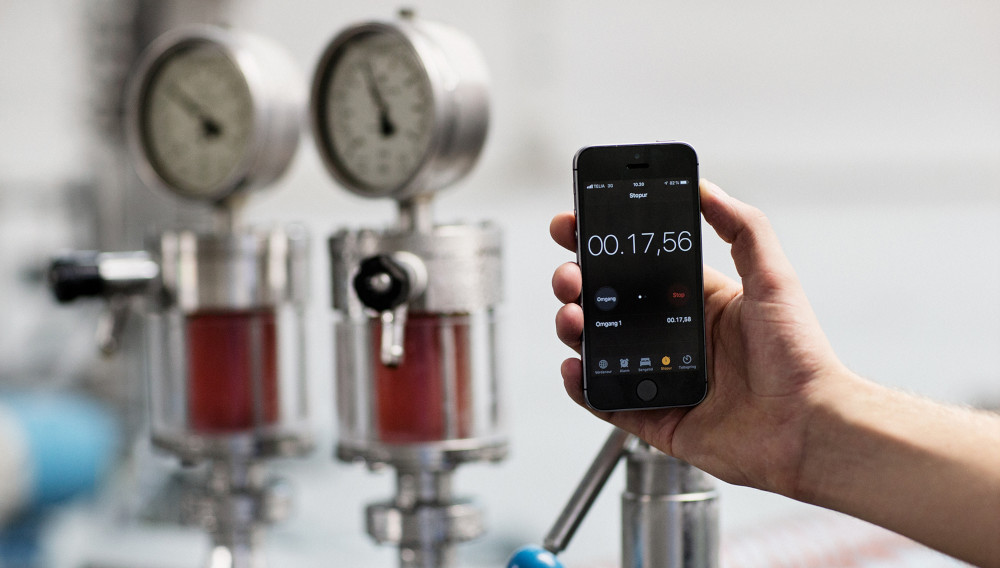
Cutting edge measurement technology | The brewery at Sudhaus, the Anton Paar restaurant in Graz, Austria, where visitors can watch beer being brewed on-site, creates a delicious product which also happens to be the “most analyzed barley juice” in the world. There is a great deal of cutting-edge technology in the production of this beer.
Enzyme solution | DuPont Nutrition & Biosciences, Copenhagen, Denmark, is introducing a new enzyme solution to Australian brewers from the DuPont brewing enzymes range: Laminex MaxFlow 4G. The solution aims to maximize beer flow, especially on barley, which is a common ingredient in Australia.

Flexibility and efficiency | Craft beer is enjoying increasing popularity, but is only one of several products at many breweries. That’s why wort coolers with somewhat larger gap sizes are required so that beers with less turbidity and strongly hopped varieties can all be brewed on the same line. The new NL80M plate heat exchanger offers the ideal compromise between versatility and efficiency for these kinds of operations. They are being used, for example, in the new brewery of Duration Brewing in the English county Norfolk.

Proper dimensioning and installation | When steam is utilized correctly, it can be a highly efficient medium in terms of keeping equipment operational and optimal energy usage. There are, however, some basic rules that must be followed when generating and utilizing steam. The following article outlines the most common problems with steam generation systems and how these problems can be solved or circumvented by correct design and installation.
EBC Analysis Group | On 25 and 26 November 2019, more than 20 members of the EBC Analysis Group and experts from the different sub-committees met in Brussels.
EBC publications | The EBC Executive Team members met on the 13th of November, during the BrauBeviale 2019 edition, to finalise the Work Plan 2020.
KU Leuven | The Scientific Committee of the 14th International Trends in Brewing invites researchers around the world to submit abstracts for presentation at their 2020 Meeting taking place from 5 to 8 April 2020 in Leuven, Belgium.
Krones | The Botec process control system is a genuine classic in the Neutraubling-based company’s product portfolio. The “Batch-Orientated Technology”, to give the abbreviation its full name, is suitable for every beverage and liquid-food producer running batches.
As for late, "Brewing Techniques in Practice" by W. Back, M. Gastl, M. Krottenthaler, L. Narziss, M. Zarnkow has been published. The volume is the completely revised and updated English translation of the handbook “Ausgewählte Kapitel der Brautechnologie”.

Versatile | A modern pilot brewery has been in place at the Versuchs- und Lehranstalt für Brauerei in Berlin (VLB) e.V. since 2017. The brewing system is state-of-the-art and is available for research and instruction.
Gluten-free beer | Traditional beers are brewed from malted barley, hops, water and yeast. Adjuncts are unmalted raw materials, which are used to increase stability, reduce costs or produce a specific quality in the final beer. The most common types of adjunct are unmalted grains which are used to supplement or replace malted barley. Oats, rye, millet, corn, rice, sorghum, teff and buckwheat are just a few of the many starch-rich adjunct grains which can be fermented into beer. As is implied by the very word adjunct, they are usually considered extras in beer.





